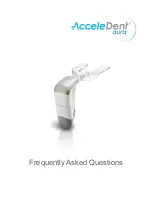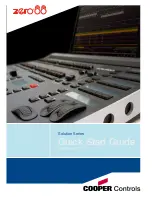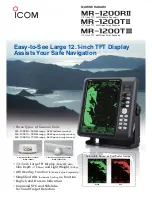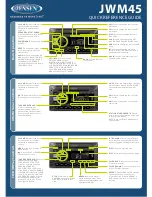
HD-MAX Echo Sounder User Guide
9
Z = V*t/2
Figure 1-1
Z is the depth from the transducer to the seabed, plus transducer draft.
Underwater signal recognition
Although the principle of depth sounding is simple, the situation in the water
is very complicated with parasitic echo, haunted by fish or clutter echo and
different reflection conditions at water bottom. In shoal waters, second trip
echo, triple transit echo may turn up. Relevant technology has to be adopted
on how to track the real underwater echo signal from numerous clutters.
Water bottom gate tracking technology (time gate tracking technology)
Since variations at water bottom are relatively flat, the sounding changes
between two times of depth sounding (about 0.1s) are not too big. Assuming
that the variation of secondary depth is
±
10%, a time gate will be set
between 10%*Z before the last correct echo to the next 10%*Z. Only those
echoes within the time gate are correct ones, the
±
10% range is referred to
as time door width. Once there is no echo within the time gate, it will
gradually expand the time door until entire echo searching until capturing the
correct echo.










































